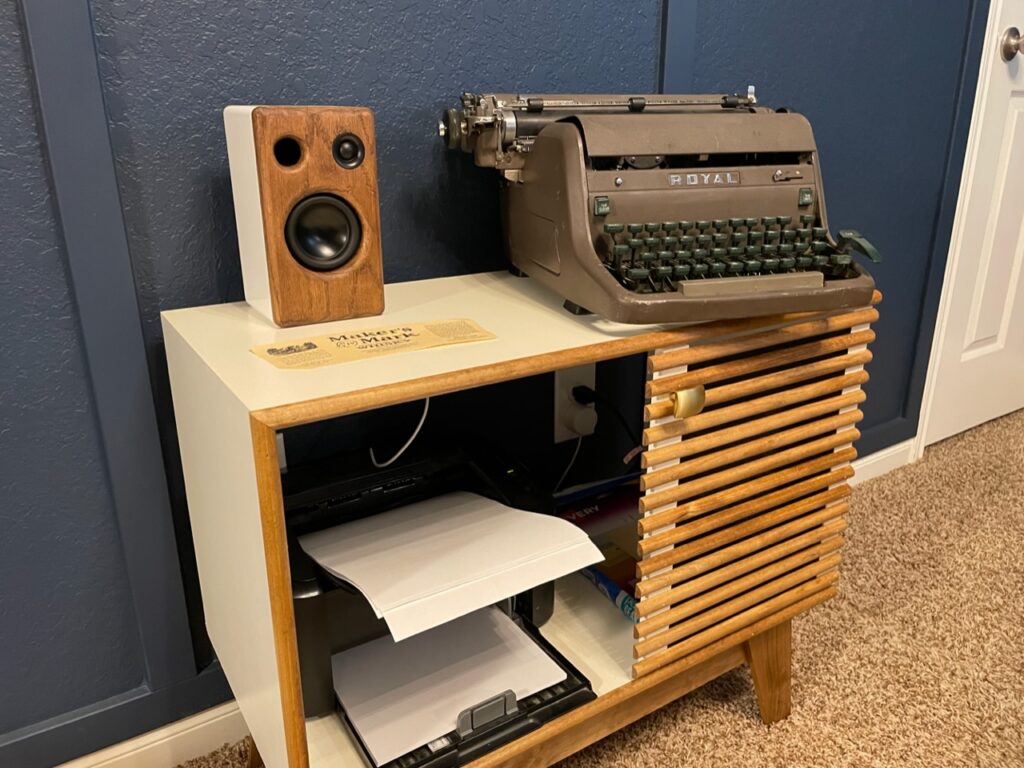
Helium Smart Speaker
Designer:
DL
Project Category:
Bookshelf Speakers
Project Level:
Intermediate
Project Time:
8-20 Hours
Project Cost:
Under $100
Project Description:
A modified, smart version of Scott Sehlin’s excellent ‘Helium’ design (using the ND91-4 and ND16) but married to the brains of a Google Home in order to take advantage of its smart features and EQ functionality. Custom enclosure with a Red Oak face, designed to match my office decor. Sings beautifully and it’s nice to be able to talk to it and have it deliver up news, music or turn my office lamps on/off.
Design Goals:
Goal was to see if it was possible to marry a Google Home mini brain with a custom, better sounding speaker. Teardown of a Google Home mini is surprisingly quick and easy, but the challenge comes in designing a cabinet that will both enclose (and protect) the motherboard while also allowing the microphones to ‘listen’ for your commands. Equally, I wanted to be able to see the four LED lights that sit atop the Google brain that show volume level, etc.Cabinet is .045 cubic feet, but with different dimensions than Scott’s original design, plus a smidge extra room for the electronics.After breaking in the speakers the sound really opened up. The ability to EQ via the Google Home app is helpful as the Google brain seems to have an onboard DSP designed to adjust the sound of the original 1” speaker at different volumes. Without a way to hack the original code, the EQ setting allows for necessary tuning at its lowest volume. At full volume this thing really sings and has no issues reaching down to 70Hz.
Driver Selection:
ND91-4, ND16
Enclosure Design:
.045 cubic feet MDF cabinet (1/2” thick) with a Red Oak baffle.Cabinet is definitely tight, necessitating everything be assembled, wired and mounted to the front baffle prior to gluing the baffle to the cabinet. Designed a removable back panel for access should I ever need to address an issue; however, there is such little room to work inside this size enclosure that any “work” back there would be difficult. I had to be doubly certain during testing that everything was in order.No pics of how I integrated the Google brain into the top of the cabinet (sorry, can’t share all my secrets). Did an acrylic resin pour to allow the 4 LED’s to show through the MDF.
Crossover Design:
Followed Scott Sehlin’s ‘Helium’ design which has its own thread here:http://techtalk.parts-express.com/showthread.php?244673-Helium-a-true-micromonitor
Tips & Tricks:
N/A
Conclusion:
Very happy with the overall result, although I underestimated the Google Home mini’s onboard DSP and what that would do to the tuning at virtually every volume level. That said, I prefer having access to EQ settings in all my gear as I enjoy dialing in my sound based on what genre of music I have playing so this is not a problem for me.
Scott’s design is incredible and in this project I would get more out of his design had I chosen a better amp more capable of driving the ND91’s. That said, for the size of my office I definitely don’t “need” more power – at least that’s what my wife says.
About the Designer:
I enjoy using woodworking as a creative outlet for designing custom speaker cabinets that are unique without compromising on soundstage.
Project Parts List:
| Part # | Description | Qty. |
| 290-224 | Dayton Audio ND91-4 3-1/2″ Aluminum Cone Full-Range Neo Driver 4 Ohm | 1 |
| 275-025 | Dayton Audio ND16FA-6 5/8″ Soft Dome Neodymium Tweeter | 1 |

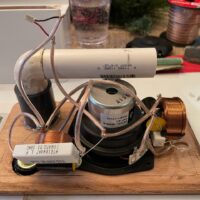
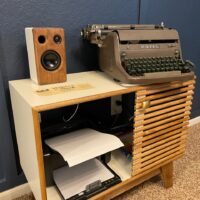
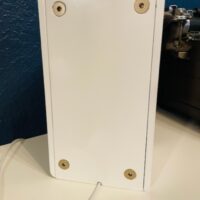
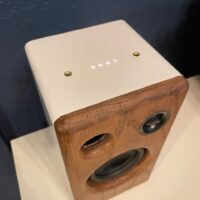
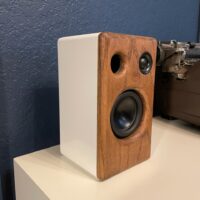
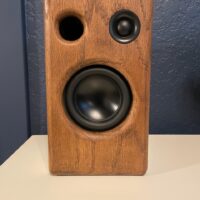
+ There are no comments
Add yours